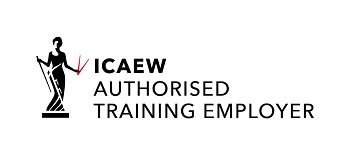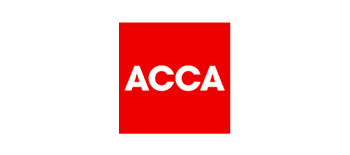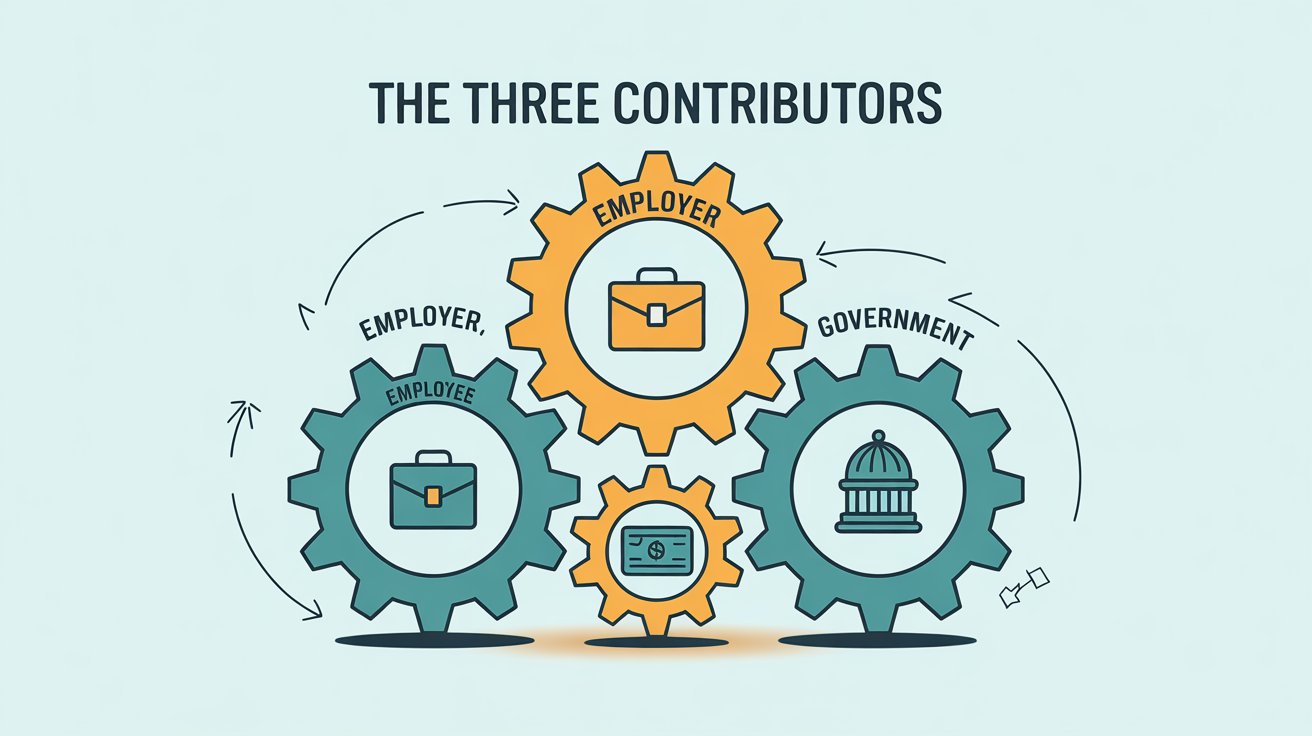
Ever been trapped in the corner at a dinner party when someone brings up pensions, and you feel that familiar urge to fake a phone call or sprint for the nearest exit? I’ve been there—nodding politely while mentally calculating how many prawn vol-au-vents I could stuff in my pockets before making my escape. But here’s the thing: workplace pensions and auto-enrolment aren’t just boring admin stuff that employers grudgingly deal with while muttering about red tape. They’re actually quite brilliant (yes, really) when you understand what they’re doing for your future self.
Auto-enrolment has quietly revolutionised how we save for retirement in the UK. Since its rollout in 2012, it’s nudged over 10 million people into pension schemes who might otherwise be surviving on beans on toast in their golden years. Not exactly the retirement dream, is it?
Let’s cut through the jargon and get to the heart of what auto-enrolment actually means for you—whether you’re an employer wondering how to stay compliant or an employee trying to make sense of those mysterious deductions on your payslip.

What Is Auto-Enrolment, Anyway?
Auto-enrolment does exactly what it says on the tin—it automatically enrols eligible workers into a workplace pension scheme. The genius bit? It harnesses our collective tendency toward inertia. Rather than expecting people to actively sign up (which, let’s face it, most of us wouldn’t get round to), it flips the script: you’re in unless you choose to opt out.
The government introduced this crafty bit of behavioural economics to tackle our national reluctance to save for retirement. Before auto-enrolment, workplace pension participation had fallen to 55% in the private sector. Now? It’s hovering around 86%. That’s quite the turnaround.
But auto-enrolment isn’t just about forcing people to save. It’s built on a three-way partnership:
- You contribute a percentage of your earnings
- Your employer adds their bit too
- The government chips in through tax relief
Free money, essentially. And who doesn’t like free money?
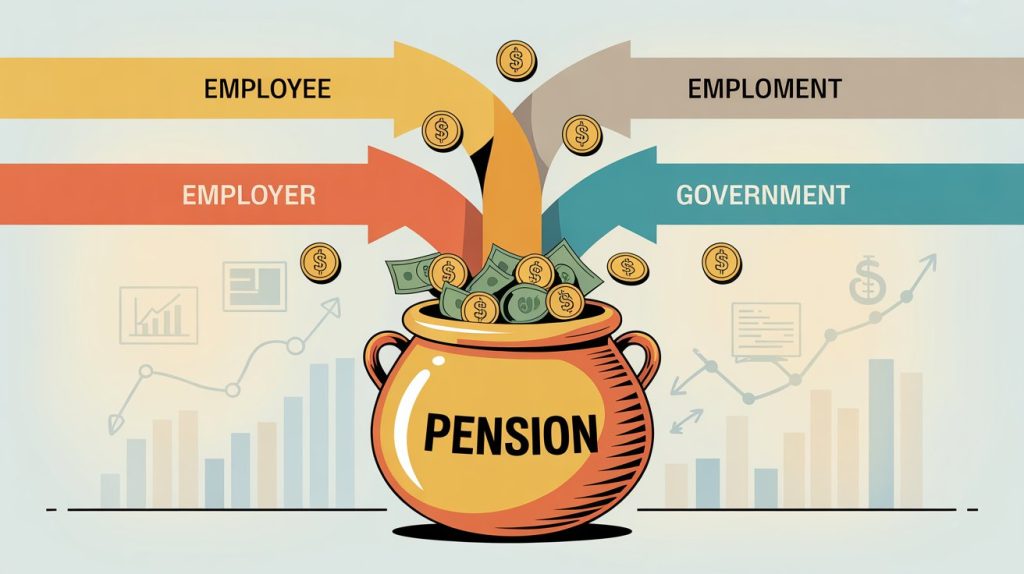
Who Needs to Be Enrolled?
Not everyone gets automatically enrolled. The criteria are pretty specific:
- You must be aged between 22 and state pension age
- You must earn over £10,000 a year (£833 a month or £192 weekly)
- You must work in the UK
- You can’t already be in a qualifying workplace pension scheme
If you fall outside these criteria—perhaps you’re younger than 22 or earn less than the threshold—you can still join if you want to. The difference is that your employer only has to contribute if you earn more than £6,240 a year.
I once spoke with a part-time barista who didn’t realise she could opt in despite earning under the threshold. When she discovered her employer would still contribute, she signed up immediately. “It’s like getting a pay rise that benefits future me,” she said, expertly frothing milk for my flat white.
The Nuts and Bolts for Employers
Running a business is hard enough without having to become a pension expert overnight. But ignore auto-enrolment at your peril—the penalties for non-compliance can sting harder than a paper cut on a lemon.
First things first, you need to:
- Work out who in your workforce is eligible
- Choose a pension scheme (more on this in a bit)
- Enrol your eligible staff
- Write to all your staff explaining what you’ve done
- Declare your compliance with The Pensions Regulator
Sounds straightforward? Well, there are some tricky bits to navigate. Take assessing your workforce, for instance. You’ll need to categorise staff as:
- Eligible jobholders (must be automatically enrolled)
- Non-eligible jobholders (can opt in with employer contribution)
- Entitled workers (can opt in but no requirement for employer contribution)
And this isn’t a one-and-done situation. You need to continually monitor your workforce to catch anyone who becomes eligible. Someone turns 22? They need to be enrolled. Someone’s salary increases above the threshold? Enrol them too.
The team at Ask Accountant often finds this ongoing assessment is where many small businesses trip up. Their business accounting services can help establish proper systems from the start, which saves monumental headaches later.
Choosing the Right Pension Scheme
Not all pension schemes are created equal. When choosing one for your auto-enrolment duties, consider:
- Charges (lower is generally better)
- Investment options (are they appropriate for your workforce?)
- Ease of use (will your staff understand it?)
- Customer service (because you’ll need help at some point)
The government established NEST (National Employment Savings Trust) specifically for auto-enrolment, but there are plenty of other providers like The People’s Pension, NOW: Pensions, and various insurance company schemes.
Some schemes cater specifically to certain industries—worth knowing if you’re in a niche business. I remember chatting with a theatre producer who found a scheme that understood the irregular earnings pattern of creative professionals. That tailored approach made all the difference to his staff’s engagement with their pensions.
The Financial Nitty-Gritty
Here’s where we need to talk numbers. The minimum contributions are currently:
| Contributor | Minimum Contribution | Based On | What This Typically Means* |
|---|---|---|---|
| Employer | 3% | Qualifying earnings (£6,240 – £50,270) | About £1,320 per year for average earner |
| Employee | 5% | Qualifying earnings (£6,240 – £50,270) | Around £2,200 per year for average earner |
| Total | 8% | Qualifying earnings (£6,240 – £50,270) | Approximately £3,520 annual investment |
*Based on UK median salary of £32,000
But these minimums aren’t necessarily what’s best. Many employers choose to be more generous—something worth considering if you’re trying to attract and retain talent. After all, a good pension scheme can be more valuable than a ping-pong table in the break room.
For employees, remember that your 5% contribution benefits from tax relief, so the actual impact on your take-home pay is less than you might think. For basic rate taxpayers, every £100 that goes into your pension only reduces your pay packet by £80.

Common Auto-Enrolment Mistakes and How to Avoid Them
I’ve seen businesses mess up auto-enrolment in more ways than I care to count. Here are the classics:
For Employers:
- Missing the staging date: This is your deadline for having everything set up. Miss it, and the fines start rolling.
> One client came to Ask Accountant in a cold sweat after receiving a £400 fixed penalty notice from The Pensions Regulator. When they ignored this, they were hit with escalating penalties of £500 per day. Within a week, they were staring down the barrel of a £3,500 bill—far more than it would have cost to set things up properly from the start. - Incorrect assessment of staff: Sometimes it’s the seemingly minor details that cause major issues. A restaurant owner once classified all their waiting staff as non-eligible because they worked part-time, forgetting to check if their combined hours pushed them over the earnings threshold.
- Deducting contributions but not paying them into the scheme: This is not just an error; it’s potentially a criminal offence. Contributions need to be paid by the 22nd of the month (or 19th if you’re not paying electronically).
- Failing to keep records: You need to maintain records of your auto-enrolment activities for six years. That’s longer than most people keep their smartphones!
- Not handling opt-outs properly: If someone opts out within the first month, you must refund any contributions they’ve made. Miss this, and you’ll have one unhappy employee on your hands.
For Employees:
- Opting out without understanding the consequences: Yes, opting out gives you more money now, but at what cost to your future? That holiday in Ibiza might seem tempting, but your 70-year-old self might prefer financial security.
- Not checking your pension statement: Many people never look at their pension statements. Big mistake. How do you know if your contributions are being invested properly if you never check?
- Assuming the minimum contribution is enough: For most people, the 8% total contribution won’t generate a retirement income anywhere near their current salary. Consider topping up if you can.
Re-enrolment: The Three-Year Itch
Just when you thought you had auto-enrolment sorted, along comes re-enrolment to shake things up. Every three years, employers must re-enrol staff who previously opted out (assuming they still meet the eligibility criteria).
This is actually quite clever. People’s circumstances change. The 25-year-old who opted out because retirement seemed impossibly far away might have a very different perspective at 28. Re-enrolment gives people another chance to make the right choice for their future.
The process mirrors your initial auto-enrolment, but you have a three-month window to choose your re-enrolment date. Some employers align it with the company’s financial year-end for simplicity.
Auto-Enrolment When Things Aren’t Straightforward
Standard employment is easy enough, but what about the edge cases?
Directors and Family Members
Directors without employment contracts don’t have to be automatically enrolled, but they can opt in if they wish. Family members should be treated like any other employee—no special treatment just because they’re related to the boss!
Seasonal Workers
Seasonal fluctuations in earnings can make assessment tricky. Someone might qualify during peak season but drop below the threshold afterwards. You need to assess these workers each pay period.
Multiple Job Holders
Someone might not qualify based on their earnings from one job, but what if they have several jobs with the same employer? Their earnings need to be aggregated when assessing eligibility.
The Future of Auto-Enrolment
The world of pensions never stands still (despite its somewhat staid reputation). Here’s what’s potentially on the horizon:
- Lowering the age threshold: There’s talk of reducing the age threshold from 22 to 18, bringing more young workers into the pension system earlier.
- Removing the lower earnings limit: This would mean contributions would be calculated from the first pound earned, not just on earnings above £6,240.
- Increasing minimum contribution rates: The current 8% total is widely regarded as too low for a comfortable retirement. Don’t be surprised if this creeps up over time.
The team at Ask Accountant keeps a close eye on these potential developments, helping clients prepare for changes before they hit.
Is Auto-Enrolment Worth It?
The short answer? Almost certainly yes.
For employees, it’s hard to argue with the combination of employer contributions and tax relief. It’s effectively free money. And thanks to the magic of compound interest, even small contributions can grow into significant sums over decades.
For employers, while there’s no denying it’s an additional cost, offering a good pension scheme helps with recruitment and retention. It also shows you care about your employees’ wellbeing beyond their immediate working lives.
That said, auto-enrolment isn’t perfect. The one-size-fits-all approach doesn’t always work for everyone. Some people genuinely can’t afford to save for retirement right now. Others might have alternative arrangements that better suit their circumstances.
Getting Help with Auto-Enrolment
If you’re breaking out in a cold sweat just thinking about managing auto-enrolment, you’re not alone. The good news is that help is available.
Accountants and payroll providers often offer auto-enrolment services. They can handle the assessment, enrolment, and ongoing compliance, leaving you free to focus on running your business. The peace of mind is worth every penny.
Real Talk: I once watched a small business owner try to handle auto-enrolment herself while also managing five other critical projects. Two months and countless late nights later, she admitted it would have been cheaper (and far less stressful) to outsource it from the start. Sometimes expertise is worth paying for.
Ask Accountant has helped countless small businesses navigate the auto-enrolment maze. From initial setup to ongoing management and re-enrolment, their team of experts can take the stress out of workplace pensions. Their bookkeeping services ensure all contributions are accurately recorded and paid on time, while their proactive tax advisory solutions also ensure you’re maximising any tax advantages related to pension contributions. For businesses looking to grow, their business growth planning services even factor in how pension obligations will scale with your workforce.
Final Thoughts
Auto-enrolment may not be the most thrilling topic (I tried my best!), but it’s one that affects millions of workers and employers across the UK. Getting it right matters—both for compliance and for people’s financial futures.
The system isn’t perfect, but it’s nudging us in the right direction. Before auto-enrolment, too many people were sleepwalking towards a retirement with insufficient savings. Now, at least, we’re being gently pushed towards preparing for our futures.
Whether you’re an employer grappling with your auto-enrolment duties or an employee wondering whether to opt out, take the time to understand how the system works and what it means for you. Your future self will thank you for it.
And if you need a helping hand, the team at Ask Accountant are just a phone call away on +44(0)20 8543 1991. Their offices at 178 Merton High St, London SW19 1AY are also open for face-to-face discussions about how to integrate auto-enrolment smoothly into your business operations. With services spanning from CIS claims and refunds to inheritance tax planning, they can provide a holistic approach to your business’s financial health—with workplace pensions being just one important piece of that puzzle.
FAQ: Auto-Enrolment Essentials
Q: Can employees opt out of auto-enrolment?
A: Yes, employees can opt out within one month of being enrolled. However, they’ll be automatically re-enrolled every three years if they still meet the eligibility criteria.
Q: What happens if an employer doesn’t comply with auto-enrolment?
A: The Pensions Regulator can issue escalating penalties, starting with a fixed penalty notice of £400 and rising to daily fines of between £50 and £10,000 depending on the number of staff.
Q: Do new businesses have auto-enrolment duties?
A: Yes, new businesses have auto-enrolment duties from the day they employ their first member of staff. Unlike the staged rollout for existing businesses, there’s no delay.
Q: Can employees increase their pension contributions?
A: Absolutely! The minimum contribution is just that—a minimum. Many pension schemes allow employees to pay in more if they wish.
Q: What happens to the pension if someone changes jobs?
A: The pension pot remains the employee’s property. They can leave it where it is, transfer it to their new employer’s scheme, or consolidate it with other pensions.
